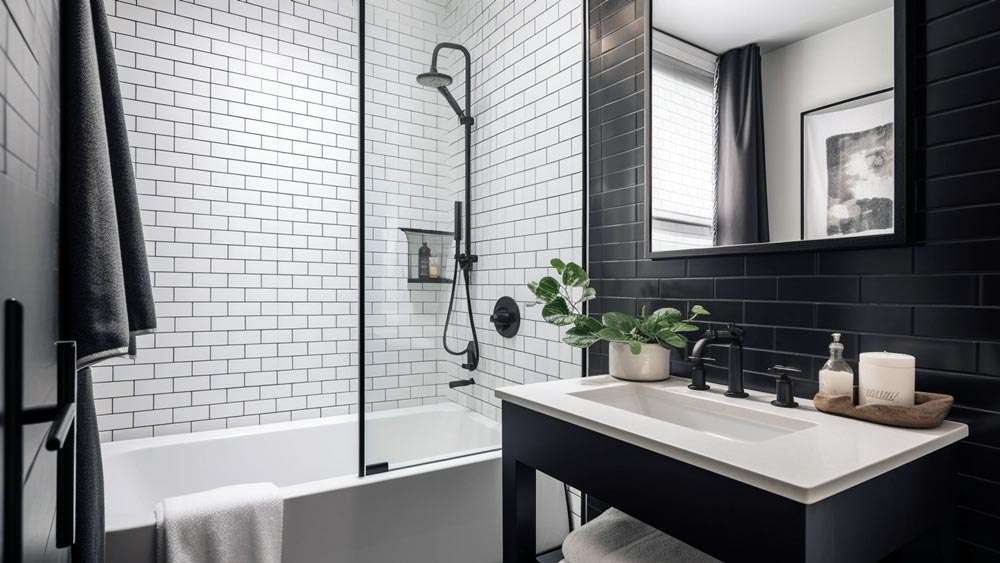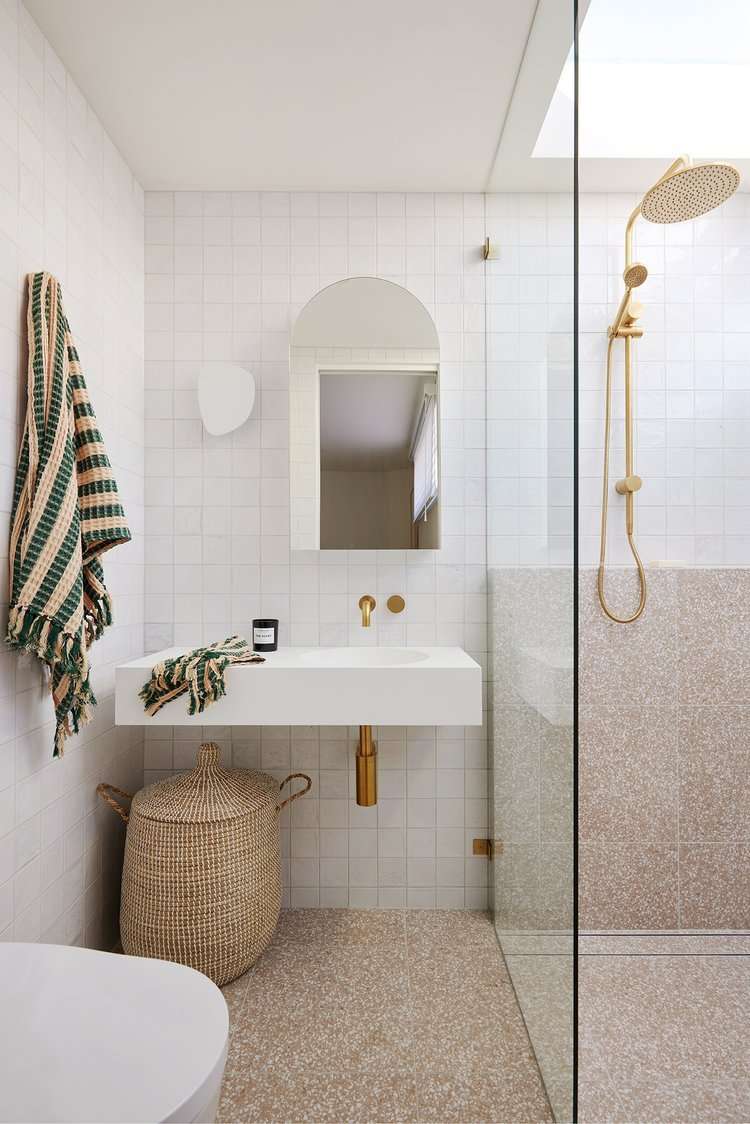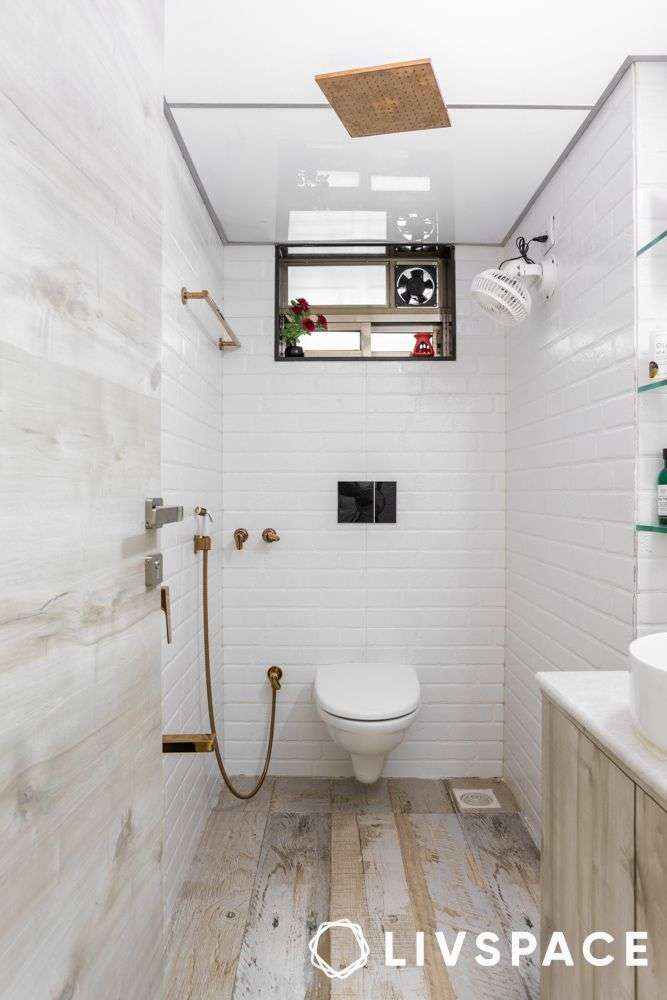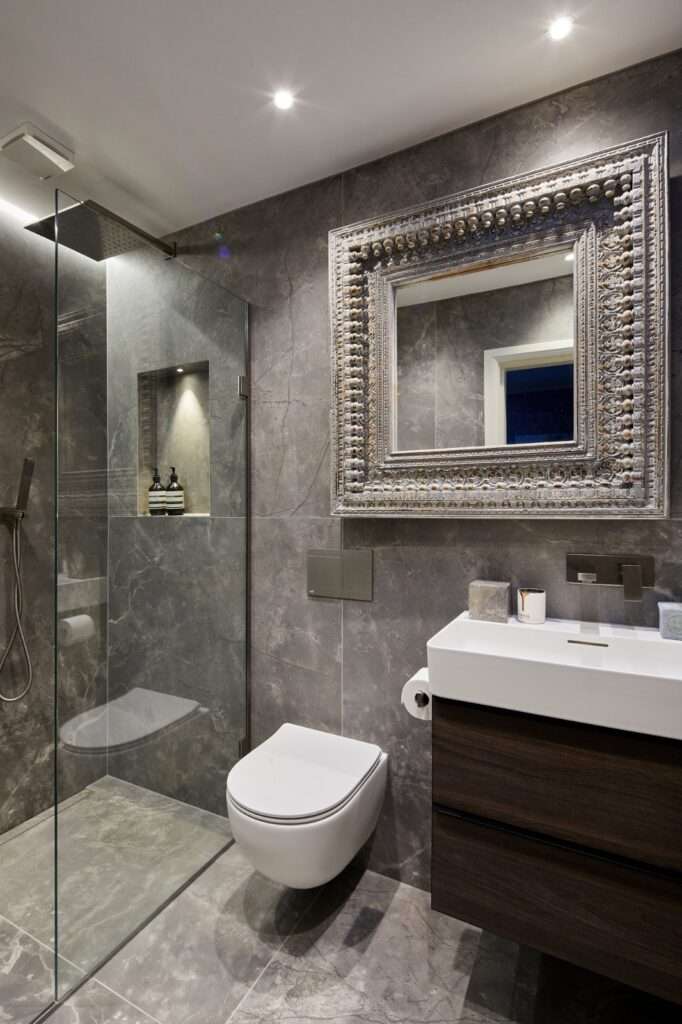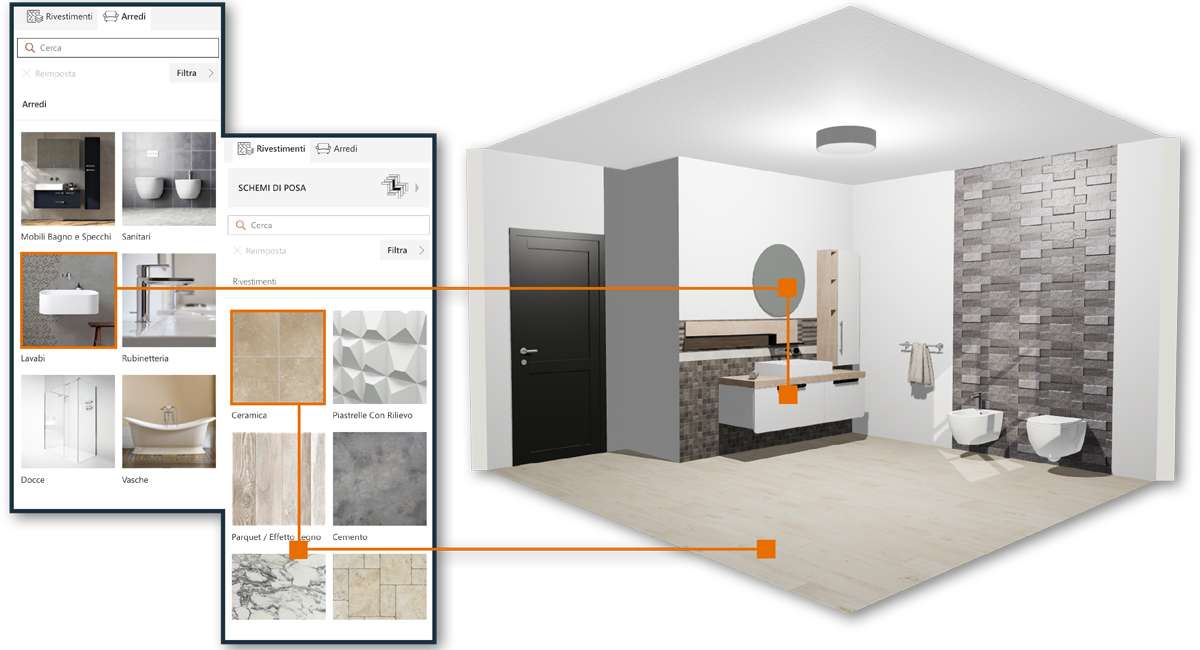Creating a tranquil and luxurious bathroom space centered around a whirlpool tub requires careful consideration of various design elements. Beyond simply installing the tub, the overall aesthetic, functionality, and flow of the room must be harmonized to achieve a truly spa-like experience. Thoughtful planning is essential to ensure the bathroom feels both relaxing and practical, maximizing the benefits of your chosen bathroom designs with whirlpool tubs. This involves selecting the right materials, lighting, and accessories to complement the tub and enhance the overall ambiance, transforming your bathroom into a personal oasis.
Planning Your Whirlpool Tub Bathroom
Before diving into specific design styles, it’s crucial to consider the practical aspects of incorporating a whirlpool tub. This includes:
- Space Requirements: Whirlpool tubs generally require more space than standard bathtubs. Accurately measure your bathroom and ensure sufficient room for comfortable movement around the tub.
- Plumbing and Electrical: Whirlpool tubs require dedicated plumbing and electrical connections. Consult with a qualified plumber and electrician to ensure proper installation and compliance with local building codes.
- Weight Considerations: A filled whirlpool tub can be very heavy. Verify that your bathroom floor can support the added weight. Reinforcement may be necessary.
Exploring Different Design Styles
Once the practical considerations are addressed, you can explore different design styles to personalize your bathroom designs with whirlpool tubs. Here are a few popular options:
Modern Minimalism
Embrace clean lines, neutral colors, and minimal clutter. Opt for a freestanding whirlpool tub with sleek, modern fixtures. Consider incorporating large format tiles and recessed lighting for a sophisticated and uncluttered look.
Rustic Charm
Create a warm and inviting atmosphere with natural materials like wood and stone. Choose a whirlpool tub with a classic clawfoot design or a built-in tub surrounded by rustic wood paneling. Add touches of greenery and soft lighting to enhance the cozy ambiance.
Spa Sanctuary
Transform your bathroom into a personal spa with calming colors, soft textures, and aromatherapy elements. Incorporate features like a rain showerhead, heated towel rack, and soothing music. Choose a whirlpool tub with chromatherapy lighting to further enhance the relaxation experience.
Enhancing the Whirlpool Experience
Beyond the basic design elements, consider adding features that enhance the overall whirlpool experience:
- Chromatherapy Lighting: Add underwater lighting that cycles through different colors to promote relaxation and well-being.
- Aromatherapy Diffuser: Infuse the air with essential oils for a truly immersive spa experience.
- Waterproof Speakers: Enjoy your favorite music or podcasts while soaking in the tub.
Ultimately, the best approach to designing bathroom designs with whirlpool tubs depends on your personal preferences and lifestyle. By carefully considering the practical aspects, exploring different design styles, and adding enhancing features, you can create a bathroom that is both beautiful and functional, providing a relaxing and rejuvenating retreat for years to come.
Furthermore, the selection of appropriate accessories plays a crucial role in optimizing the functionality and aesthetic appeal of a whirlpool tub bathroom. Consider the strategic placement of bath caddies, towel bars, and storage solutions to ensure that essential items are readily accessible without compromising the overall design aesthetic. Moreover, the integration of smart home technology, such as automated lighting and temperature control systems, can further enhance the user experience and create a truly personalized and sophisticated bathing environment.
MATERIAL SELECTION AND DURABILITY
The longevity and aesthetic appeal of your whirlpool tub bathroom are intrinsically linked to the selection of durable and high-quality materials. Prioritize materials that are resistant to moisture, mold, and mildew, ensuring a hygienic and low-maintenance environment. Common choices include:
– Porcelain or Ceramic Tile: Known for their durability, water resistance, and ease of cleaning. Available in a wide range of colors, patterns, and sizes to complement any design style.
– Natural Stone: Offers a luxurious and timeless aesthetic. Options include marble, granite, and travertine, each with unique characteristics and maintenance requirements.
– Engineered Quartz: A durable and low-maintenance alternative to natural stone. Resistant to stains, scratches, and heat.
OPTIMIZING NATURAL LIGHT AND VENTILATION
Adequate natural light and ventilation are essential for creating a comfortable and healthy bathroom environment. Maximize natural light by incorporating large windows or skylights, while ensuring privacy through the use of frosted glass or window treatments. Implement a robust ventilation system to remove excess moisture and prevent the growth of mold and mildew. This is particularly important in bathrooms with whirlpool tubs, where increased humidity levels are common.
In conclusion, designing a bathroom that effectively incorporates a whirlpool tub necessitates a holistic approach that considers both aesthetic and functional elements. From meticulous planning and material selection to the integration of enhancing features and smart home technology, every detail contributes to the creation of a luxurious and rejuvenating bathing experience. Remember that the successful implementation of bathroom designs with whirlpool tubs transforms a merely functional space into a personal sanctuary, offering respite and relaxation within the confines of one’s own home.

